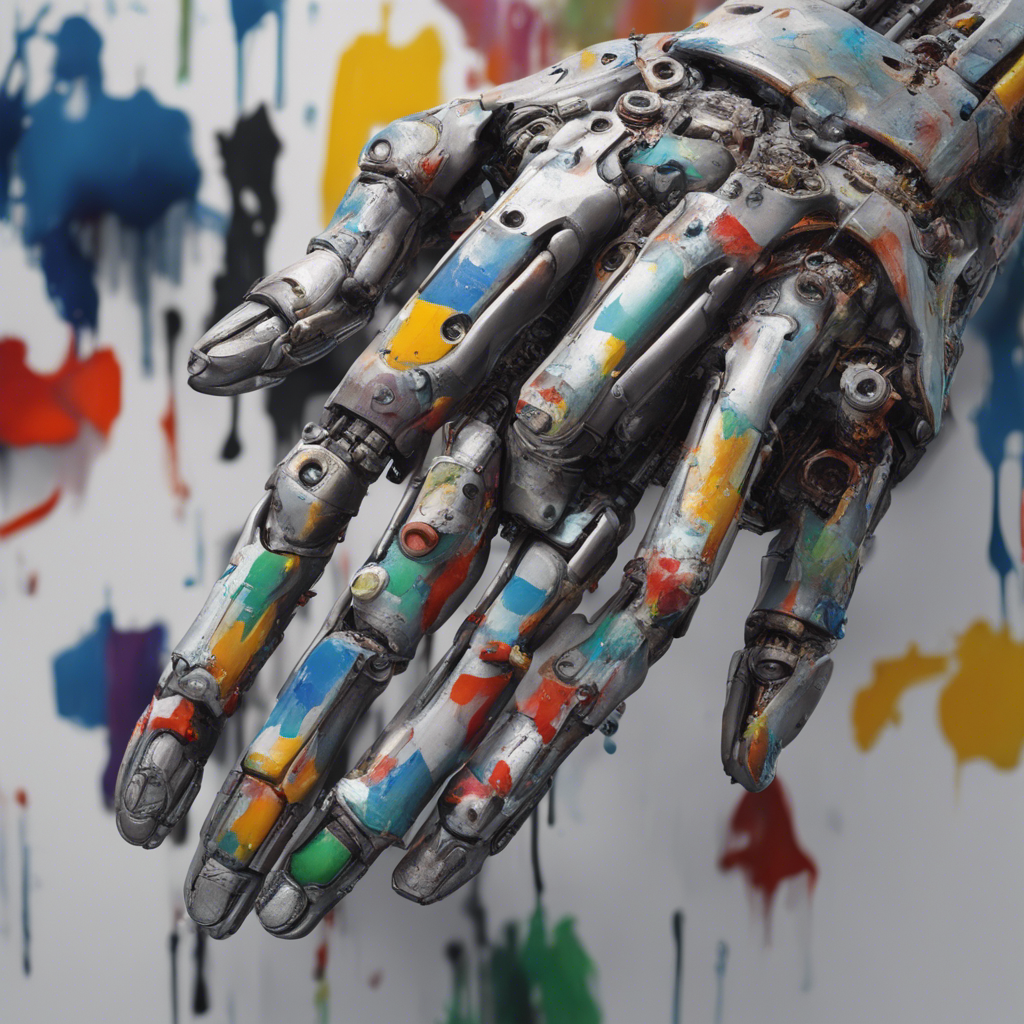
Artificial Intelligence and Privacy: A Balancing Act
In this digital age, where technology is advancing at an unprecedented pace, the possibilities of Artificial Intelligence (AI) seem limitless. From voice-activated personal assistants to self-driving cars, AI has permeated various aspects of our lives. As exciting as these innovations may be, they also raise concerns regarding privacy. This blog post aims to explore the delicate balance between AI and privacy, shedding light on potential risks and proposing solutions to mitigate them.
Understanding Artificial Intelligence and its Impact
Artificial Intelligence refers to the development of computer systems capable of performing tasks that would typically require human intelligence. These systems leverage algorithms and vast amounts of data to learn and make predictions or decisions. While AI has made great strides in revolutionizing industries such as healthcare, finance, and transportation, one cannot overlook the inherent privacy concerns associated with it.
Privacy Risks in the Age of AI
-
Data Collection and Usage: AI systems heavily rely on vast amounts of data for training and improving their performance. This raises concerns about the collection and usage of personal information. Without proper safeguards, sensitive data could be misused or exploited, potentially leading to identity theft or unauthorized access.
-
Algorithmic Bias: AI systems are only as good as the data they are trained on. If the training data is biased or contains discriminatory patterns, the AI system can perpetuate and amplify these biases. This not only undermines privacy but also reinforces existing societal inequalities.
-
Invasive Surveillance: AI-powered surveillance technologies, such as facial recognition systems, pose a significant risk to privacy. The potential for constant monitoring and tracking can infringe upon individuals’ right to privacy and personal autonomy.
-
Security Breaches and Data Leaks: As AI systems become more integrated into various domains, the risk of security breaches and data leaks increases. A breach in an AI system could expose sensitive data, leading to severe privacy violations and potentially harmful consequences for individuals.
Striking a Balance: Mitigating Privacy Risks
-
Privacy by Design: Embedding privacy considerations from the very beginning of AI development is crucial. Developers should design AI systems that prioritize privacy, incorporating encryption, anonymization, and data minimization principles. Privacy should be an integral part of the AI lifecycle, from data collection to output generation.
-
Transparency and Explainability: AI systems should be transparent, allowing individuals to understand how their data is being used and processed. Providing clear explanations and making algorithms more interpretable can help build trust and ensure accountability.
-
Consent and User Control: Individuals should have control over the collection, usage, and disclosure of their personal data. Consent mechanisms should be robust, transparent, and granular, giving users the ability to opt-in or opt-out of specific data processing activities.
-
Ethical AI Frameworks: Developing ethical frameworks for AI can address concerns related to bias, discrimination, and fairness. Ensuring diverse representation in AI development teams can help identify and eliminate biases in algorithms, promoting fairness and privacy.
Regulatory Measures to Protect Privacy
-
Data Protection Laws: Governments should implement comprehensive data protection laws that govern the collection, storage, and processing of personal data. These laws should provide individuals with rights and remedies to protect their privacy, holding organizations accountable for any misuse or breaches.
-
Robust Auditing and Oversight: Independent audits and regulatory oversight can help identify any privacy risks or violations associated with AI systems. Regular compliance checks and certification of AI systems can provide assurance to individuals and ensure adherence to privacy standards.
Conclusion
Artificial Intelligence presents immense potential for societal progress, but it must coexist with robust privacy protections. Implementing privacy by design principles, ensuring transparency and user control, and developing ethical AI frameworks are essential steps towards striking a balance between AI and privacy. Regulatory measures and data protection laws play a crucial role in safeguarding privacy rights in the age of AI. By prioritizing privacy while embracing AI advancements, we can harness their potential while ensuring the fundamental rights of individuals are not compromised.
Disclaimer: The information provided in this blog post is for educational purposes only and should not replace professional legal or cybersecurity advice. Please consult with experts in the relevant fields for specific guidance.
References:






